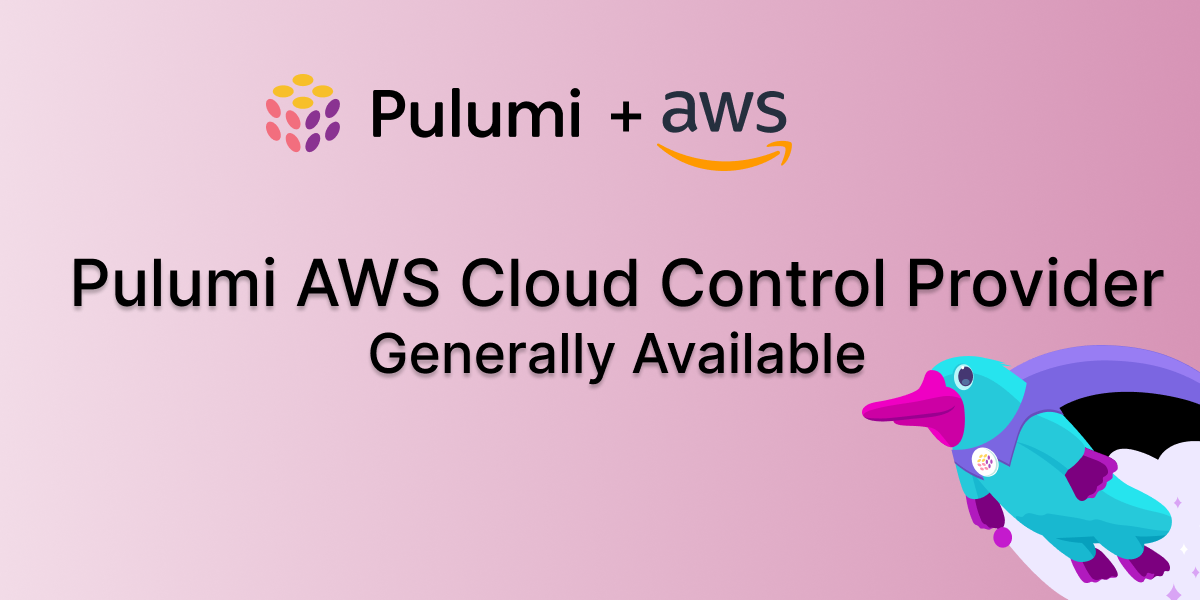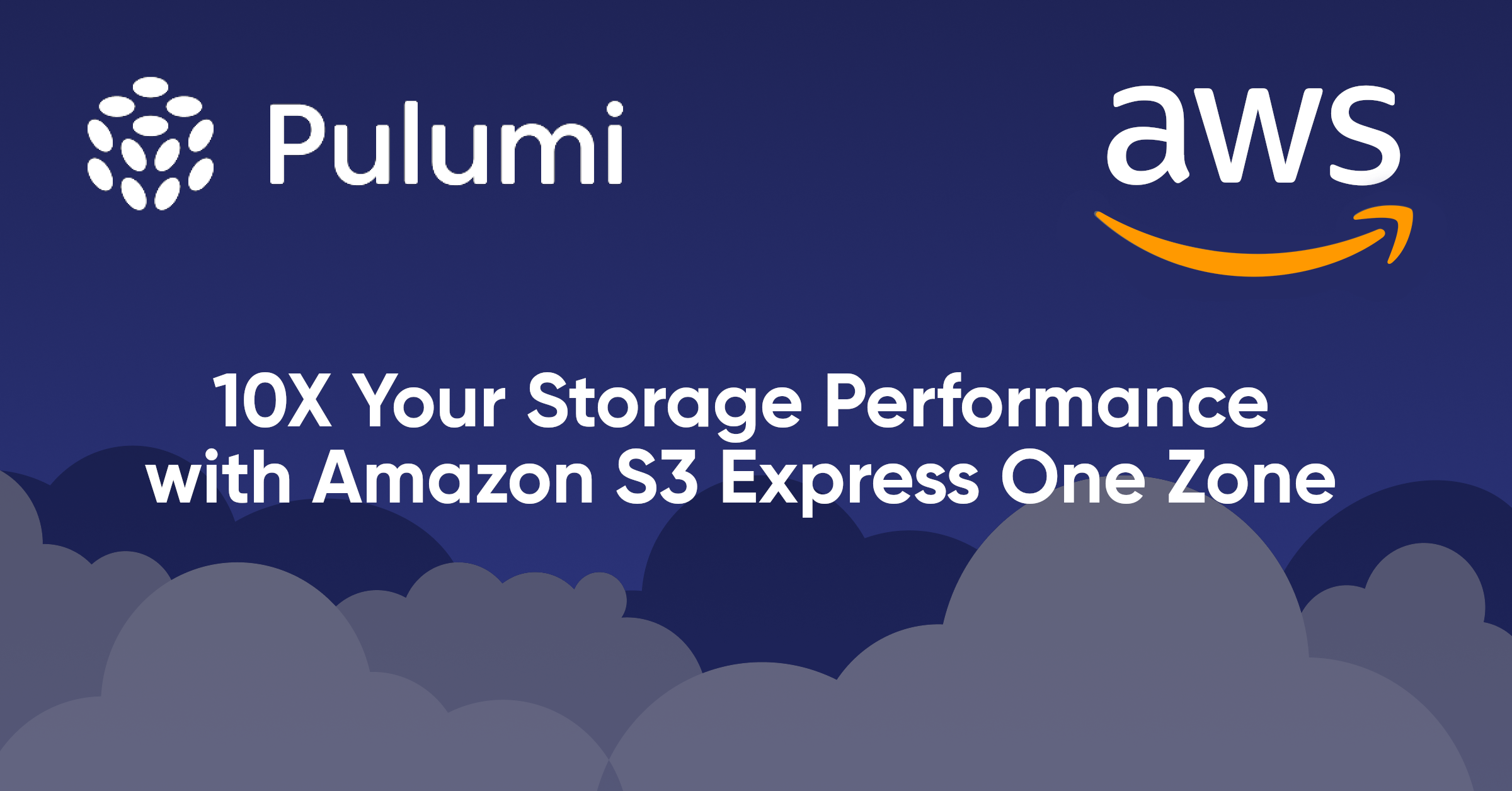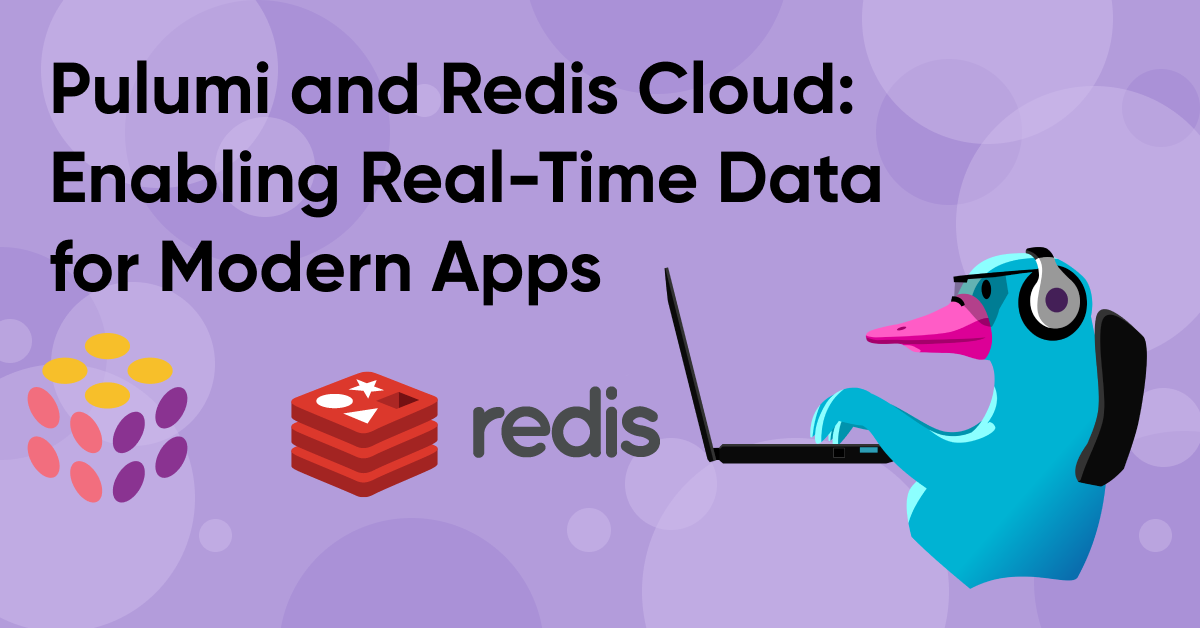Fargate vs EC2

Building an EKS cluster requires choosing how your containers will actually run - either on EC2 instances you manage or through AWS Fargate’s pod-by-pod approach. The differences can be pretty dramatic in practice. I’m setting up a demo cluster right now using Pulumi, so let me show you what I mean.
- Bin Packing
- Pros and Cons
- Workload Example: Static Analysis
- Example: Go Services for E-commerce
- Fargate vs EC2 Pricing
- Misconceptions About Fargate
- Managing Container Orchestration with Pulumi
- Why Not Both
Here is my Fargate cluster:









